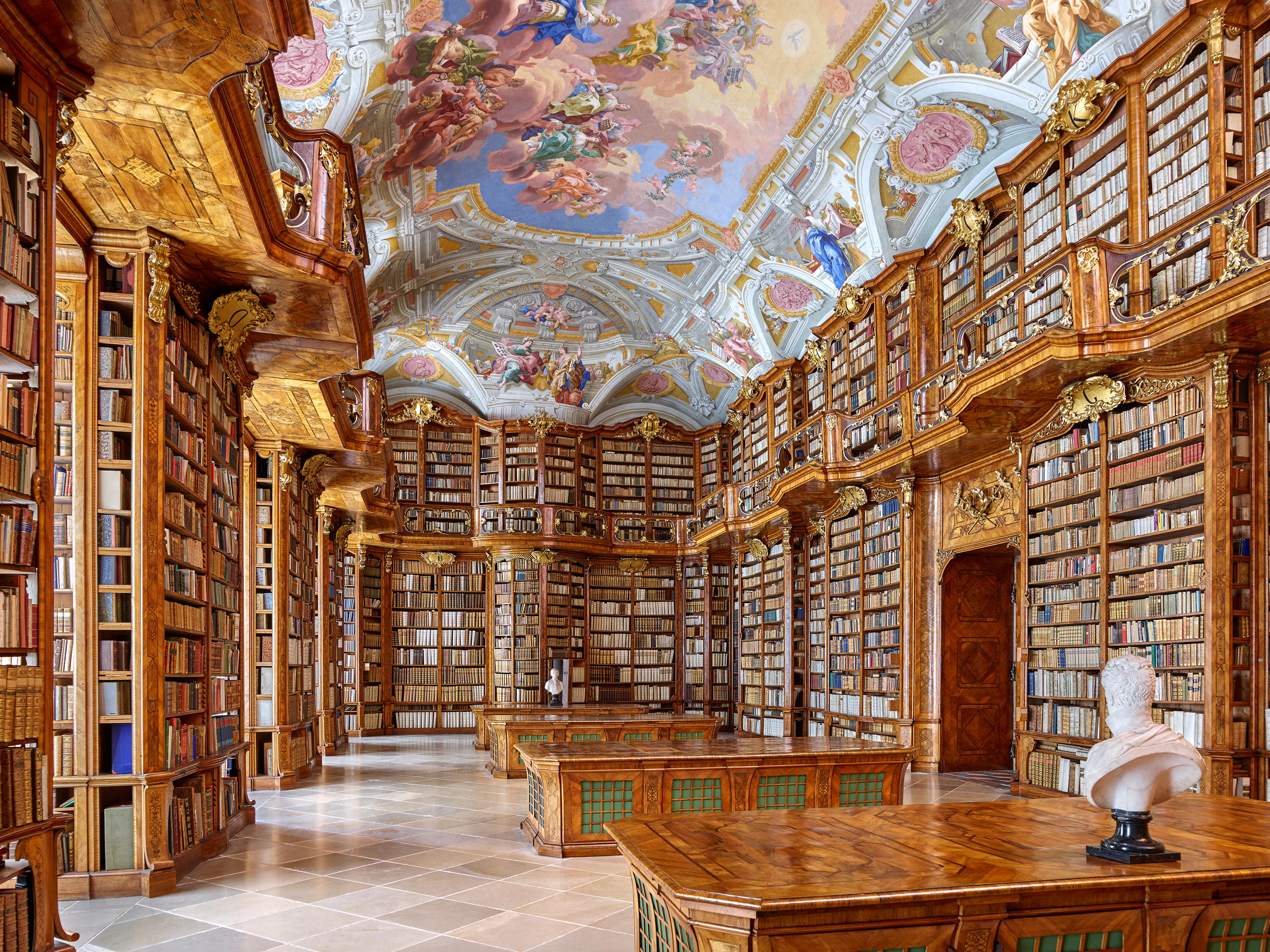En route to Vienna today we decided to take a small detour to the town of St Florian to have a quick look at the St Florian Monastery and Collegiate Basilica. It stands out across the landscape from the highway into town.
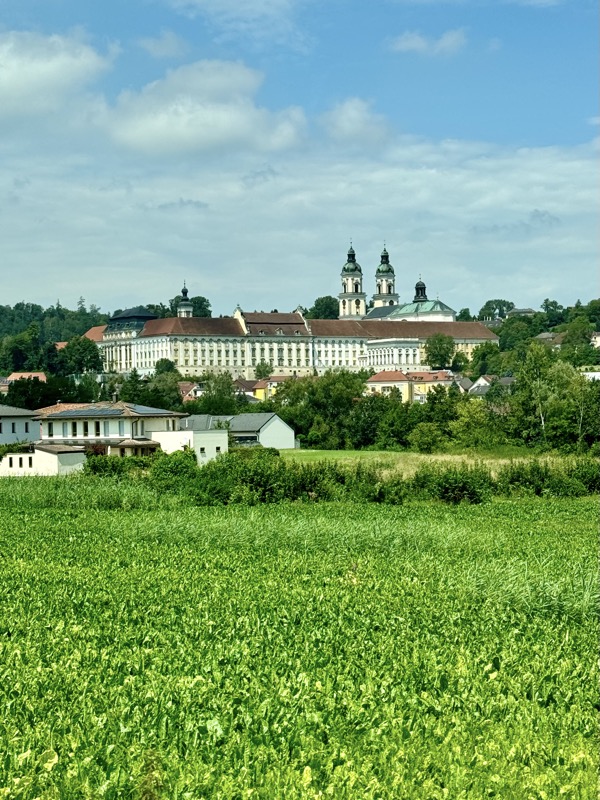
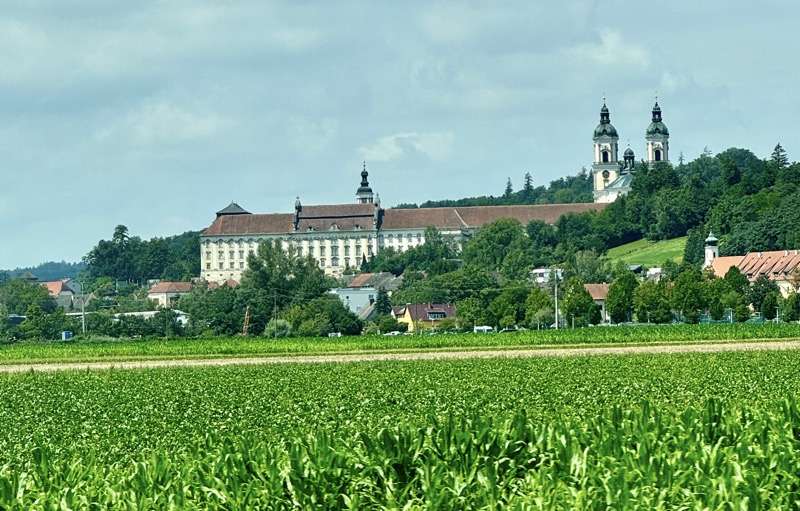
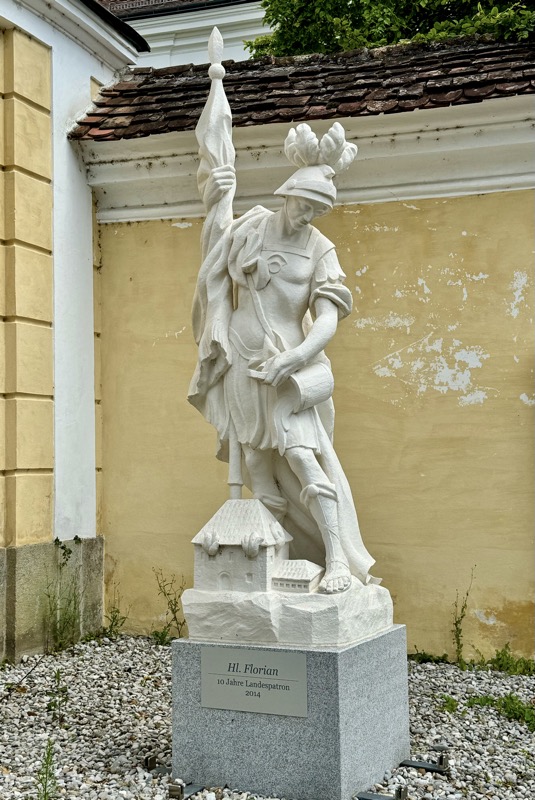
Gothic representation of the St Florian Monastery.
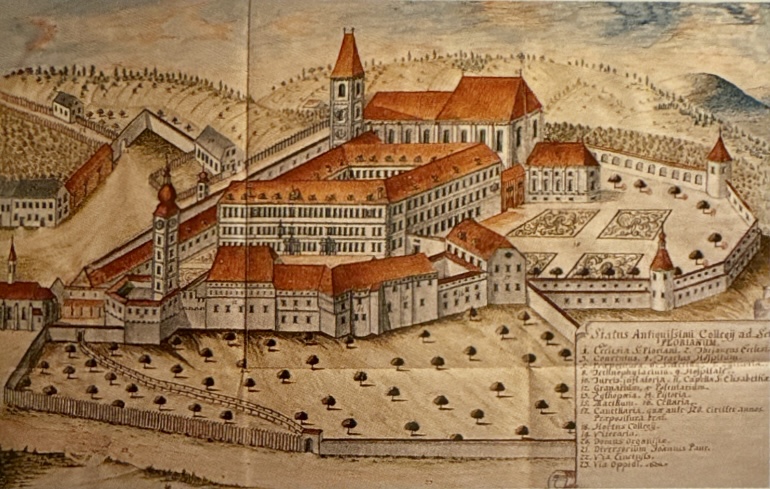
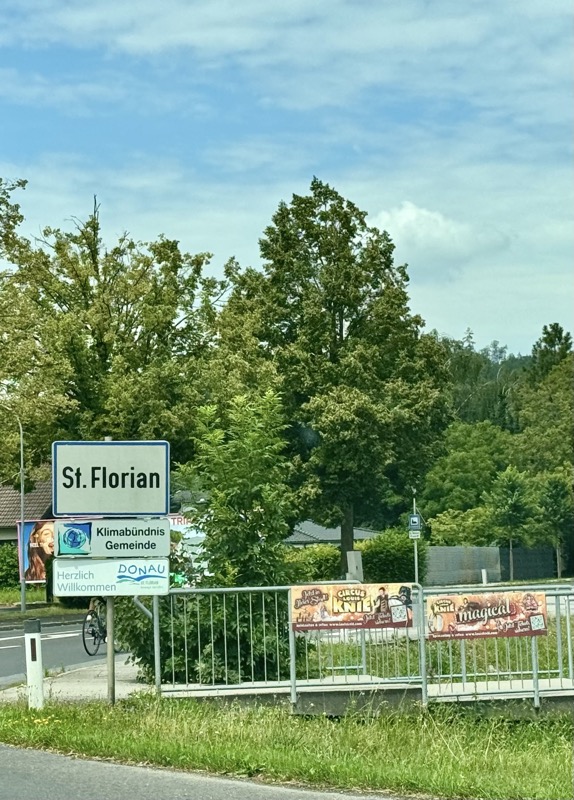
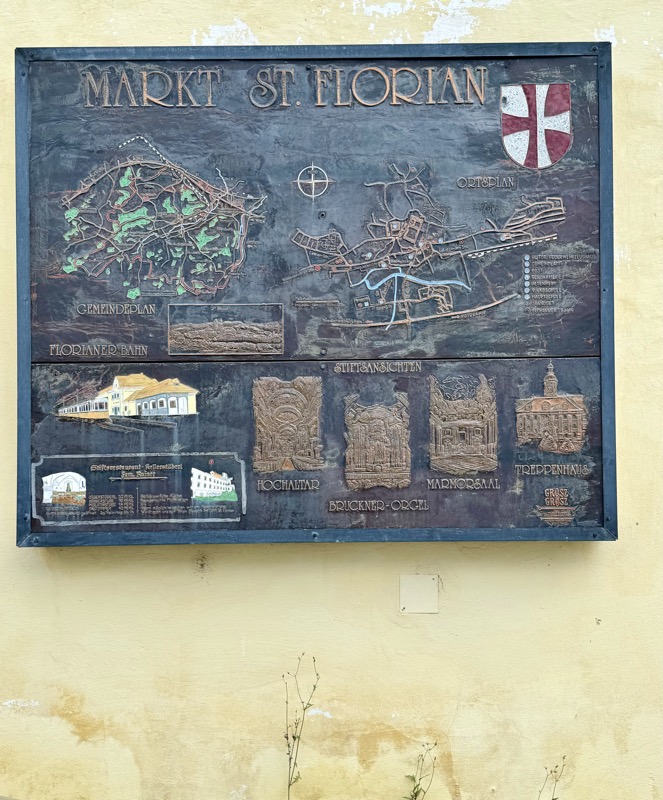
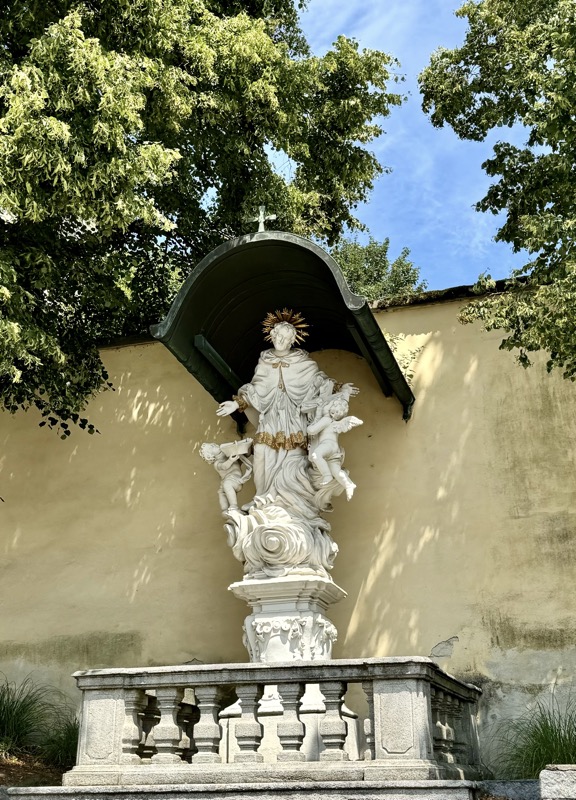
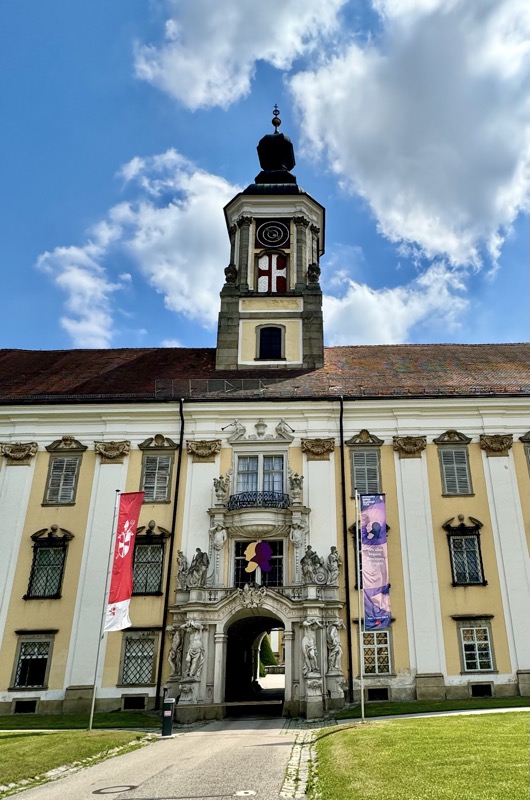
Both the monastery and the market town of St Florian owe their names to Austria’s earliest named saint. Florian was the chief official to the Roman Governor, Aquiline at Lauriacum, about five kilometres from the Roman Capital of Ufernoricum. When Christian persecution broke out under Emperor Diocletian, Florian and forty unknown Christians were imprisoned for their faith. Despite intense torture, Florian remained steadfast. Finally, in the year 304, he was weighted with a stone and thrown into the River Enns to drown. His companions died in the dungeons.
Legend has it that Florian’s corpse was washed ashore and found by a woman named Valeria who carried it away on an ox art. His body was buried on the spot where the Monastery of St Florian stands today.

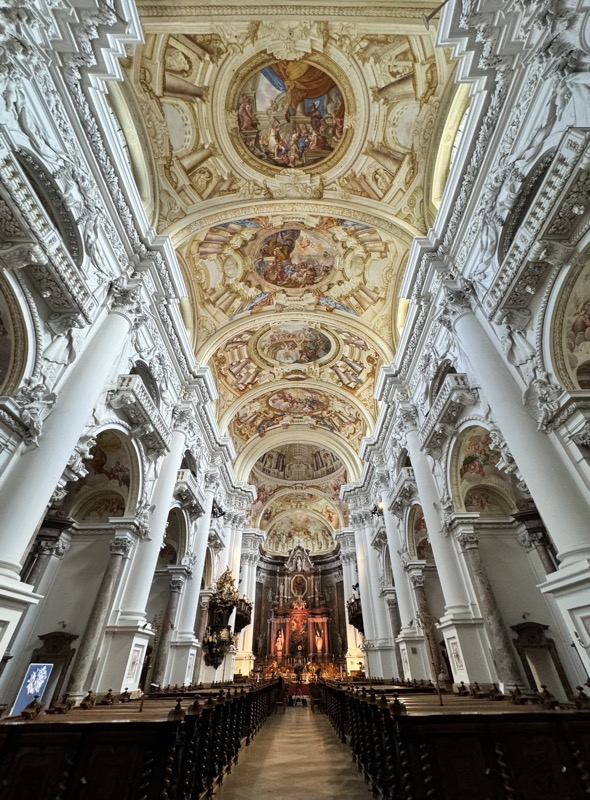
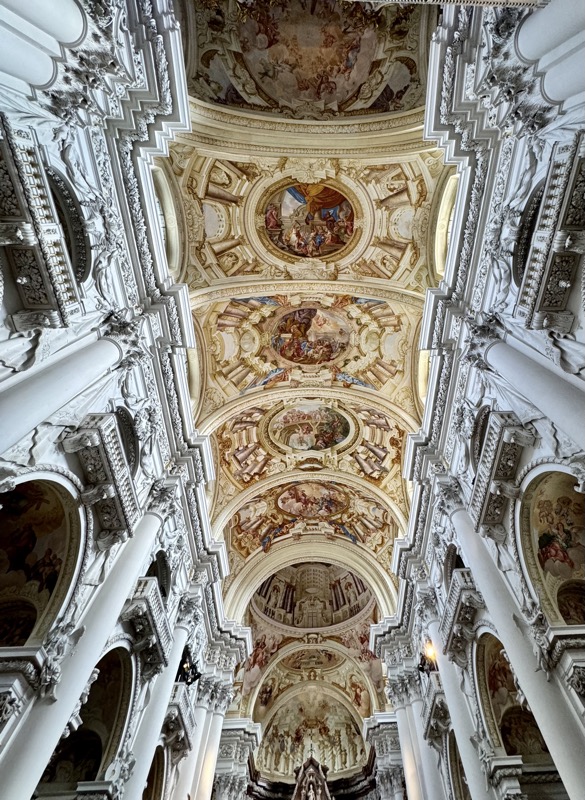
During excavation work in the crypt of the collegiate basilica in 1952/53, wall fragments, Roman roof tiles and traces of fires dating back to Roman periods were found, confirming that the building activity on this site dated back to Roman occupation. There is no historical documentation of St Florian during the time of the Barbarian invasions, but records tell of a small wooden church built over Florian’s grave. This church may have been destroyed by the Avars and replaced by one made of stone. It is not known exactly when or by whom the Monastery of St Florian was founded.
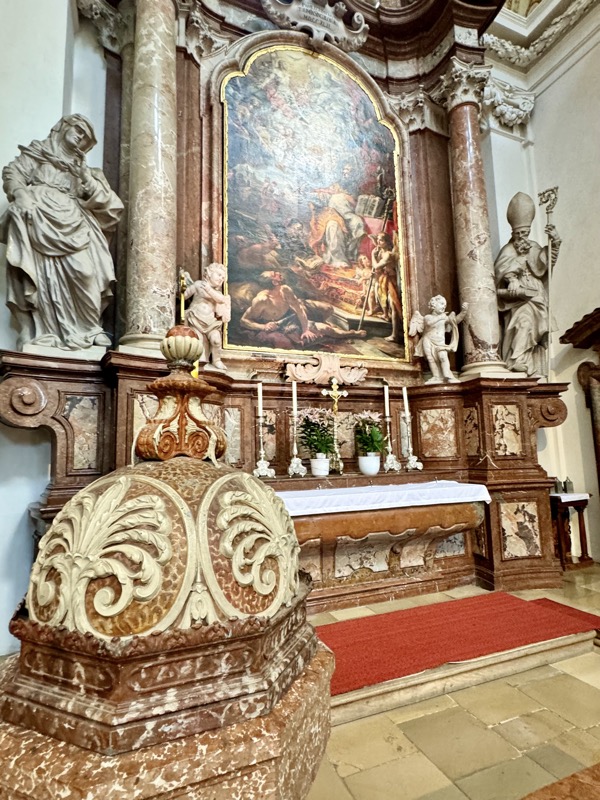
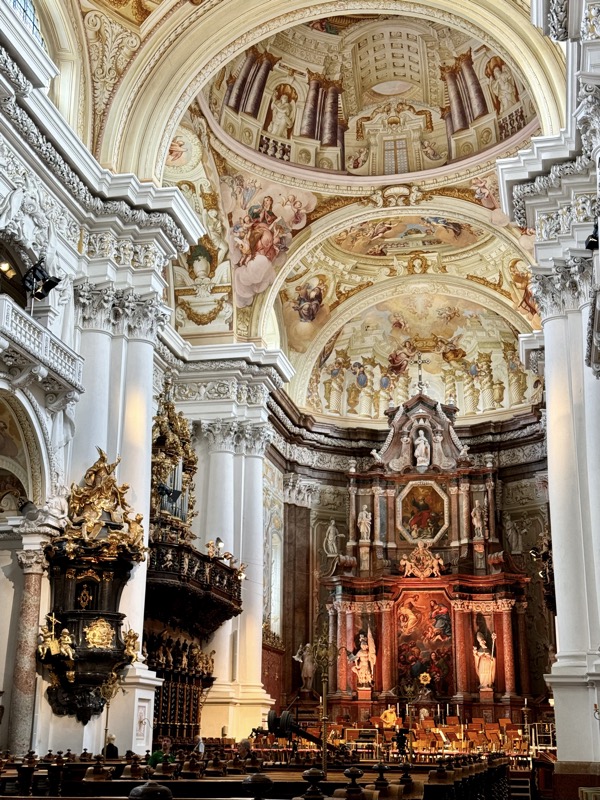
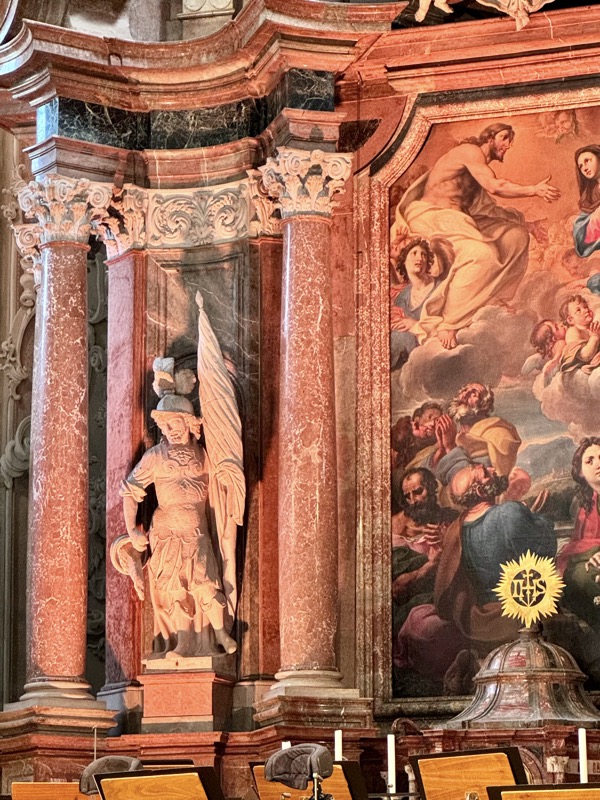
The earliest indications of the monastery have been found in books and documents dating back to around the year 800AD. Magyar invasion and material hardship caused repeated difficulty for the small community of monks here in the 9th and 10th centuries. Thus in 1002, encouraged by the Empress Kunigunde, Emperor Henry II donated a ‘hide of land’ to alleviate the brothers’ needs at the monastery. The original document of this bestowal of land is persevered in the monastery archives.
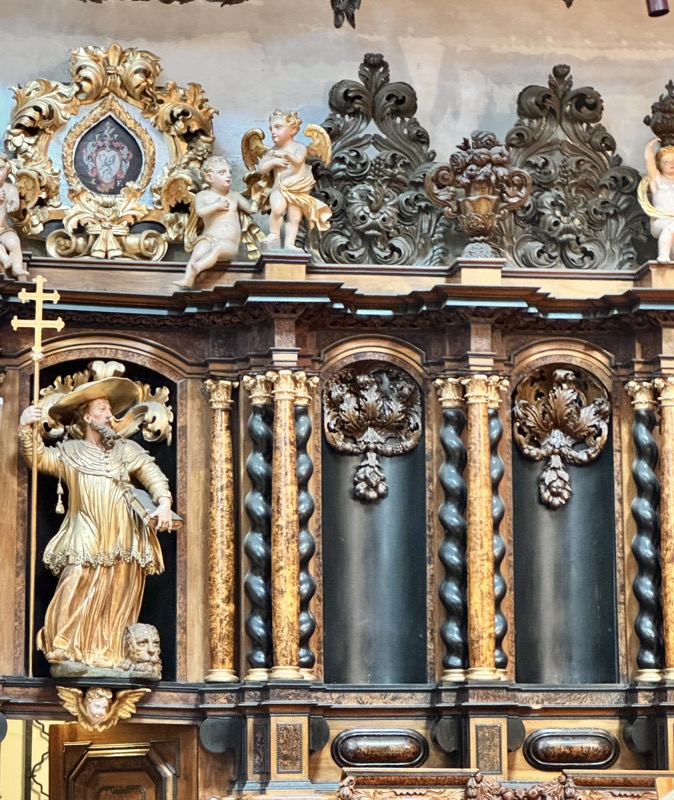
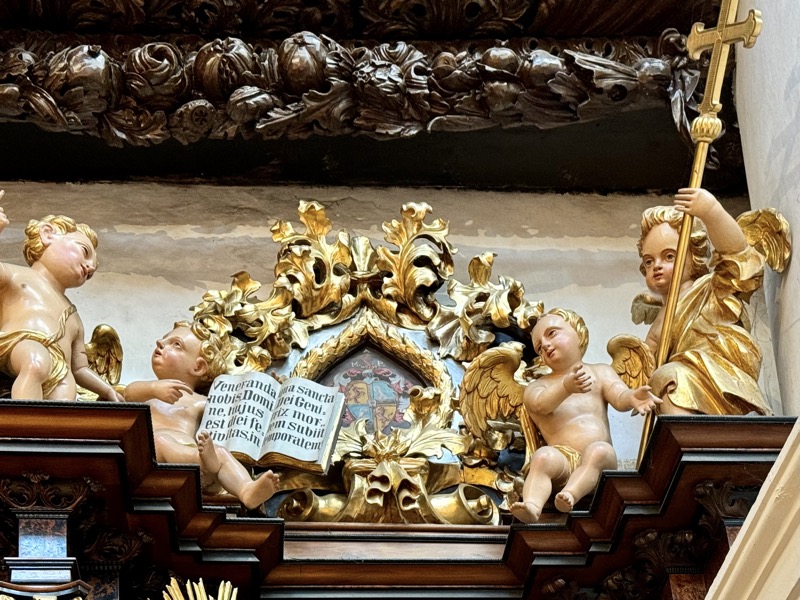
In 1071, Bishop Altman of Passat (1065 – 1091) ushered in a new era for the monastery when he committed it to the Augustinian order that was held in high regard rafter the reformation had begun at the Cluny Abbey in Burgundy. The main occupations of the community became collective prayer, the solemn celebration of divine office, the caring for and curing of souls, and the cultivation of art and science. After the destruction of the monastery by the Hungarians, Bishop Altman had the wall and roof of the church renovated. It was later severely damaged by fire in 1235; a fire that was alleged to have been caused by the negligence of the retinue of Bishop Rudiger of Passat (1233 – 1250).
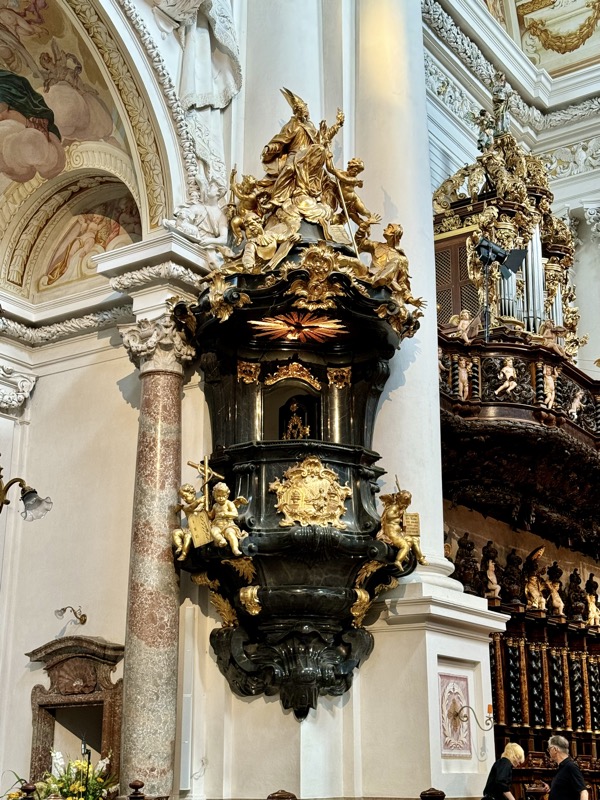
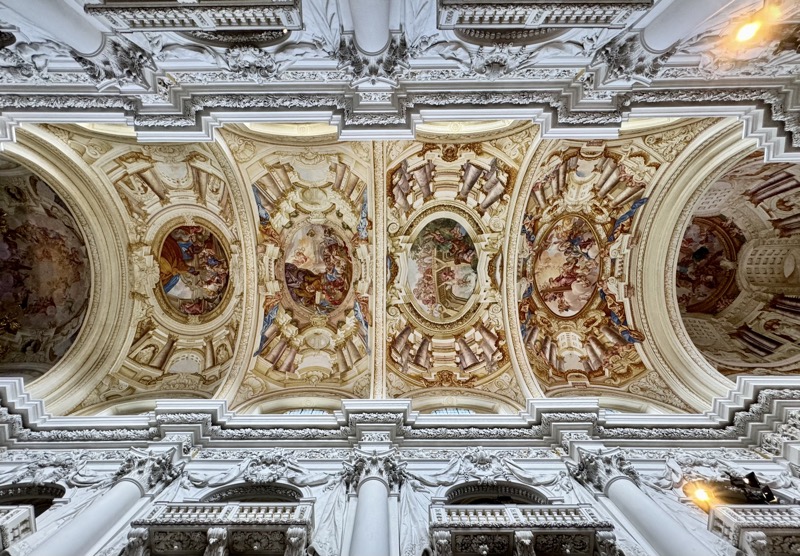
His successor Provost Bernhard (1224-1240) oversaw the restoration of the church to its former state as well as enlarged the crypt (closed today). The chancel above was vaulted in a new style that gave the nave a flat ceiling. Many of the community were dismayed by the flat ceiling and for good reason… in 1250, the chancel (after fifteen years of work), collapsed tearing sections of the walls down with it.
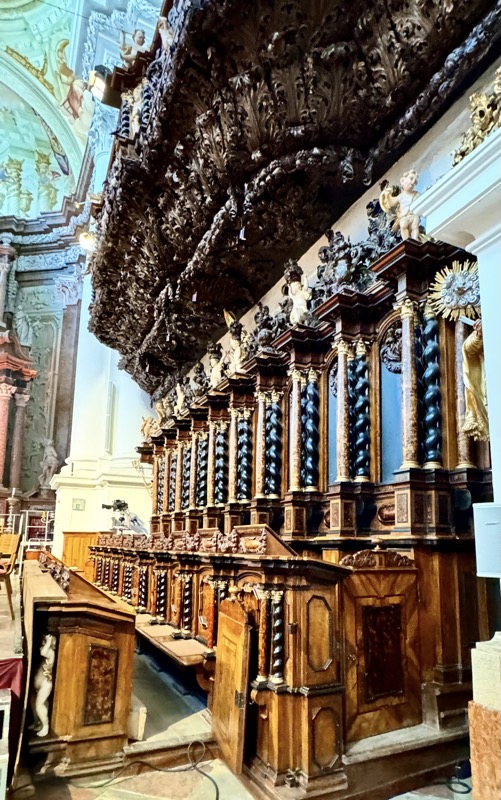
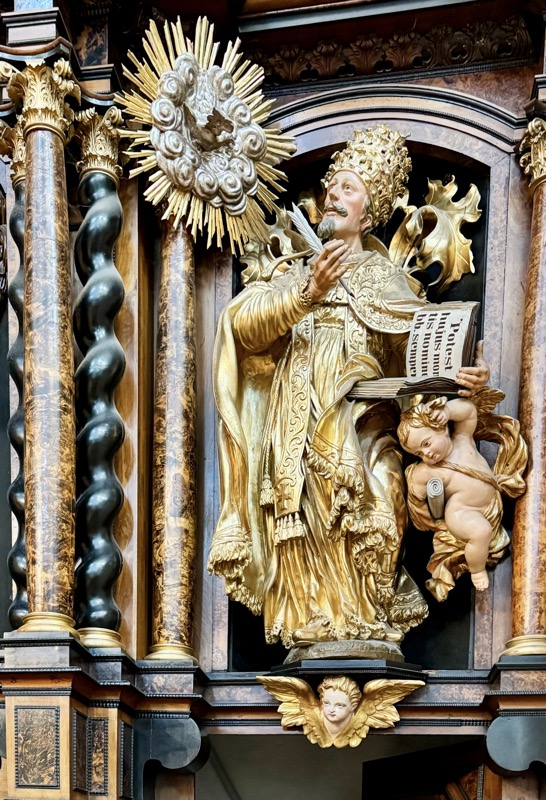
As a result of this, the canons wanted to abandon the church and vacate the monastery. But Wibirg, a female hermit who had been living ‘a saintly life’ secluded in a cell near the church for 41 years, convinced the community of monks to stay and rebuild the church. It wasn’t until around 1275 that the canons found the will and funds to begin rebuilding the Gothic collegiate church into dimensions that largely correspond to those of the Baroque church here today.
The hermit Wibirg didn’t live to see the re-consecration of the church. She died on December 11th, 1289.. As the patroness of the monastery she is still venerated and invoked by the community of monks today; her remains are in a sarcophagus in the crypt of the collegiate basilica.
The organs in these churches are usually off limits, but this was accessible today as there was a large crew of people setting up for a musical performance…
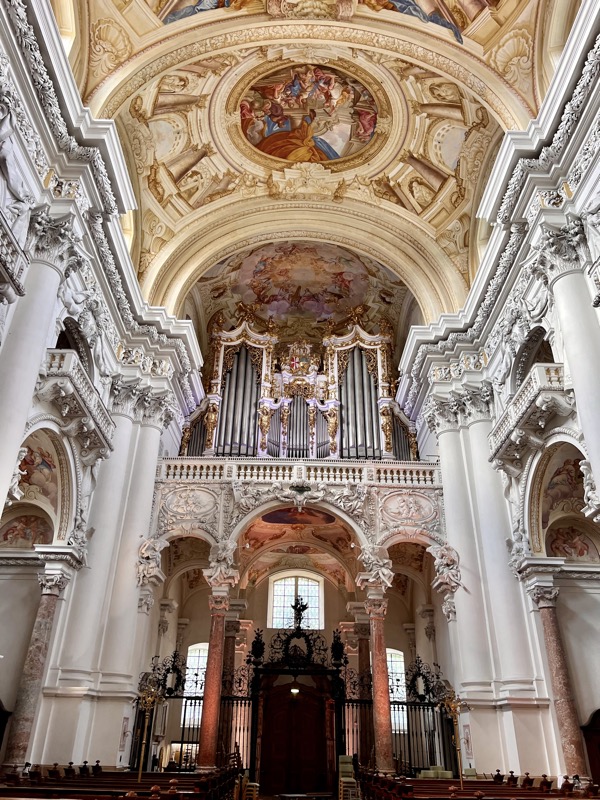
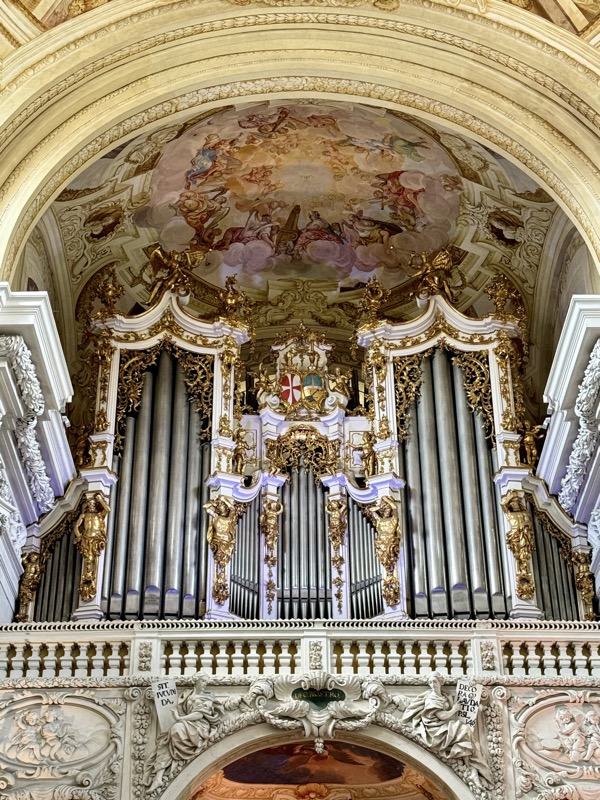
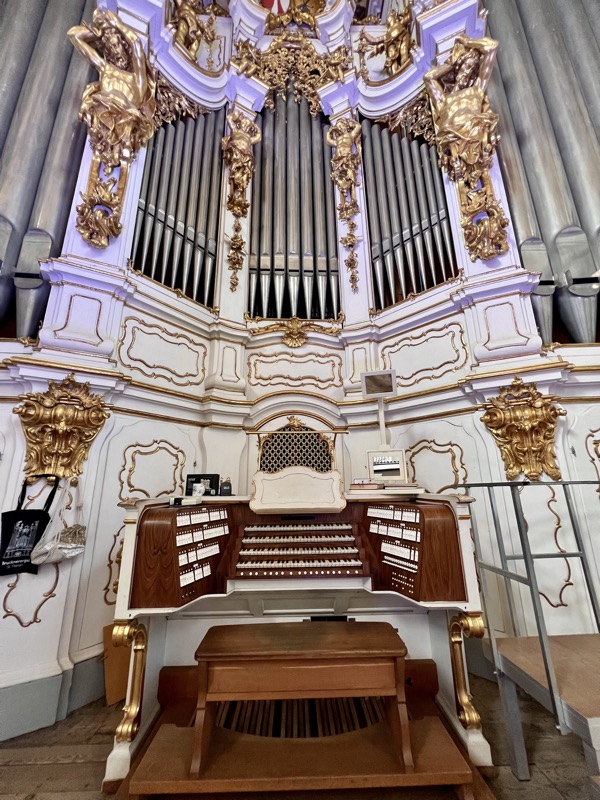
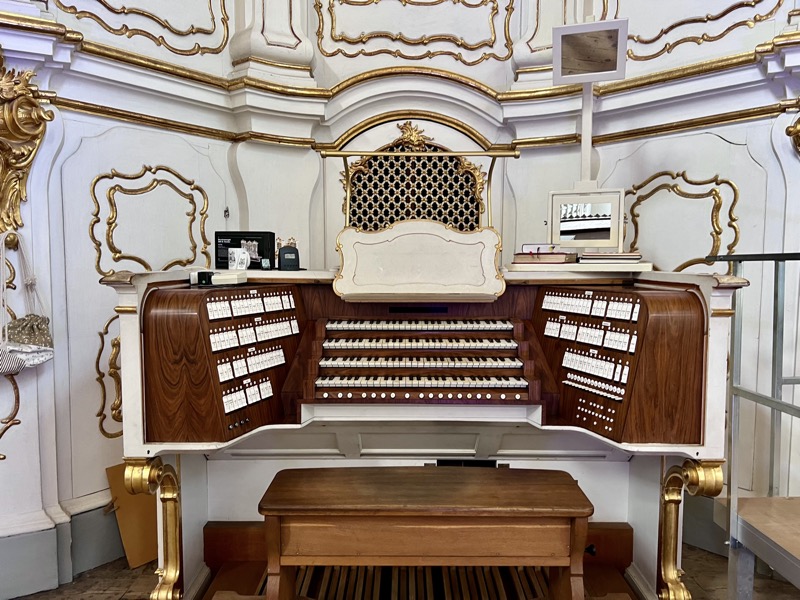
Views down into the nave from the organ loft.
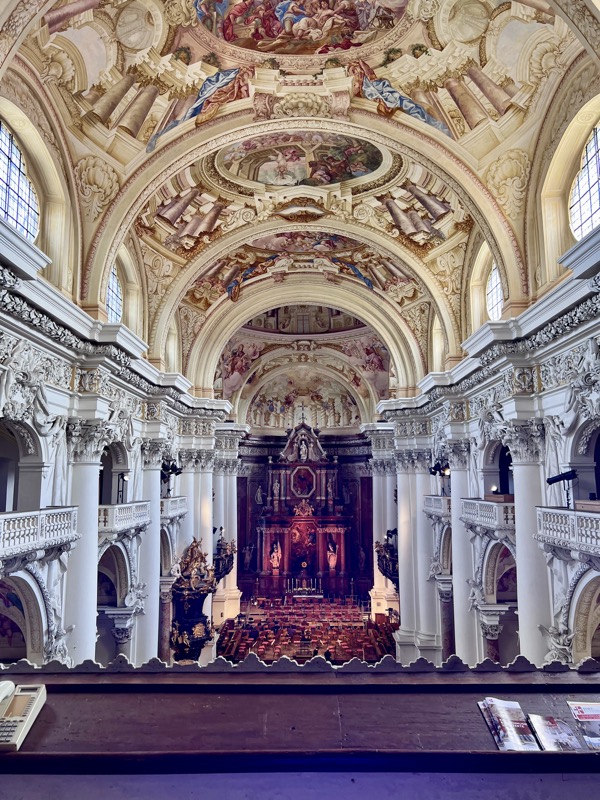
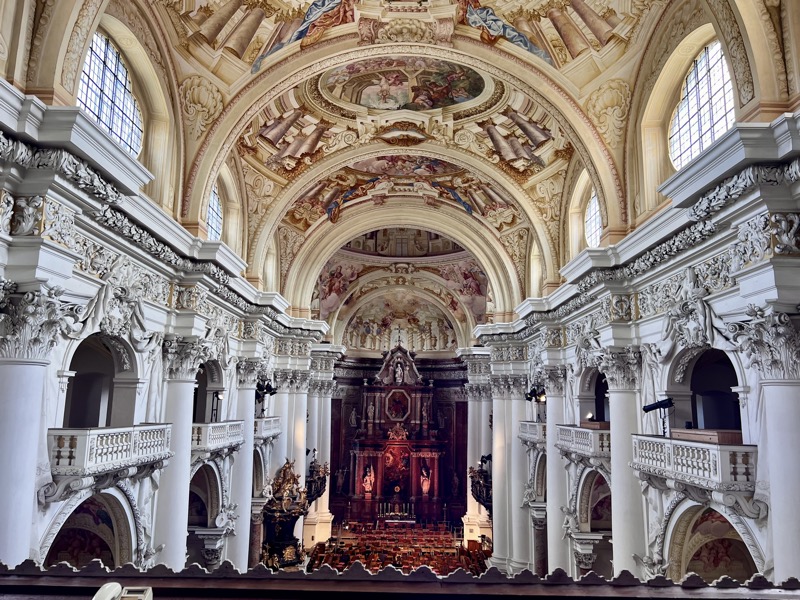
The consecration of the Gothic collegiate church occurred on June 15th 1291 by Bishop Bernhard of Passau (1285 – 1313). An enormous medieval church feast was held to celebrate and records indicate that tens of thousands of the faithful from all over the entire diocese of Passau attended. The tower was only built after the church was completed in 1320. The four bells were cast in 1313 and 1319 and are still in use today.
The Gothic church has been the religious centre of the monastic community for more than 800 years. It has been the destination of innumerable pilgrims from far and wide who sought the sanctuary of St. Florian; the highly venerated saint is a protector of borders and the patron saint for protection against fire and floods.
The Sacrament Chapel:
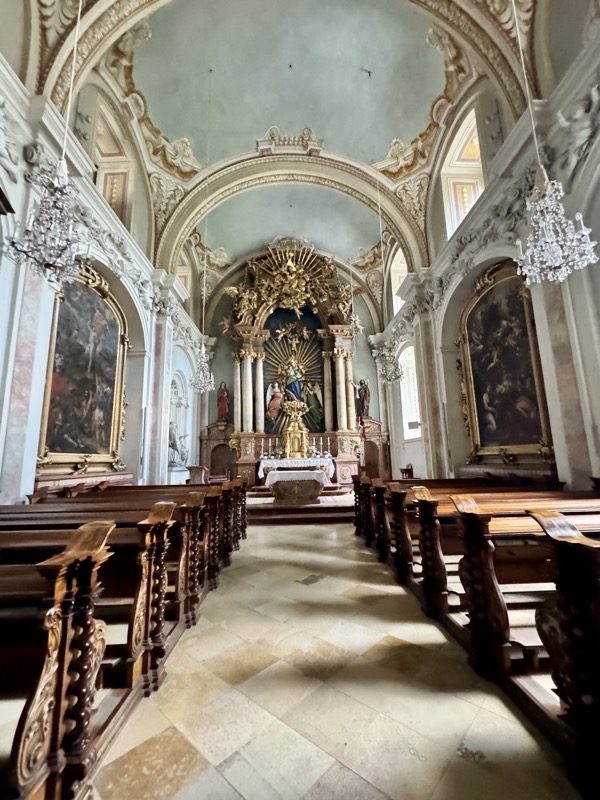
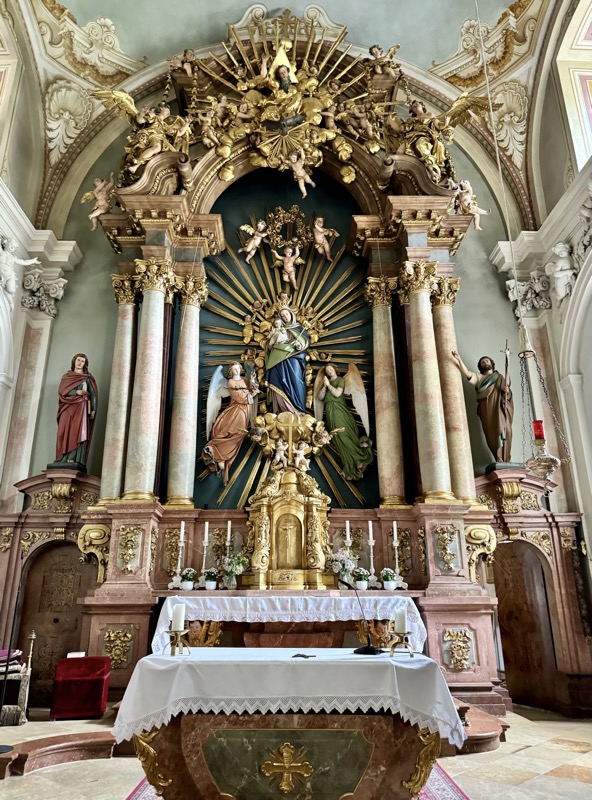
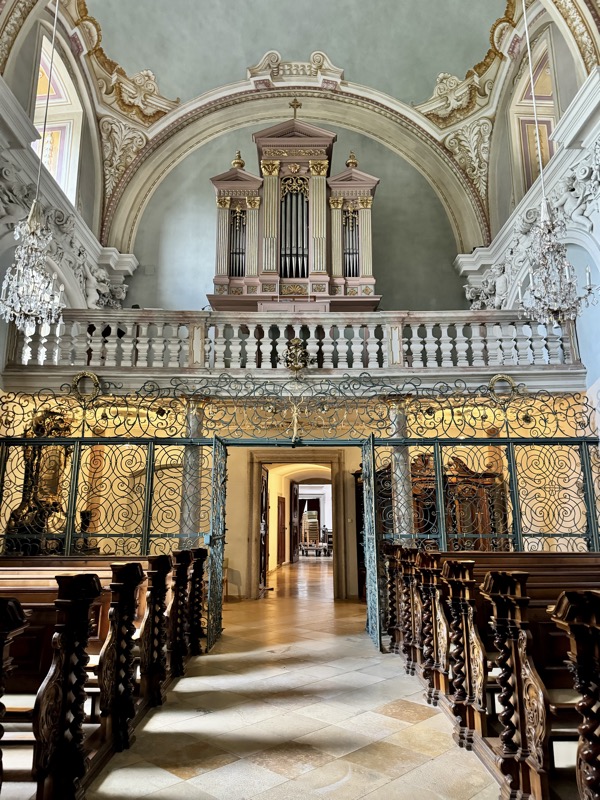
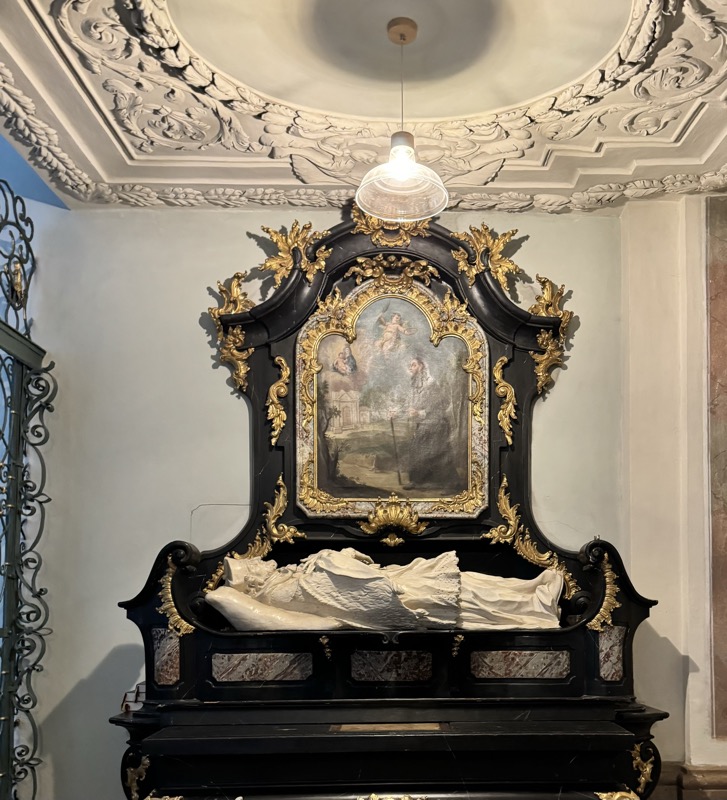
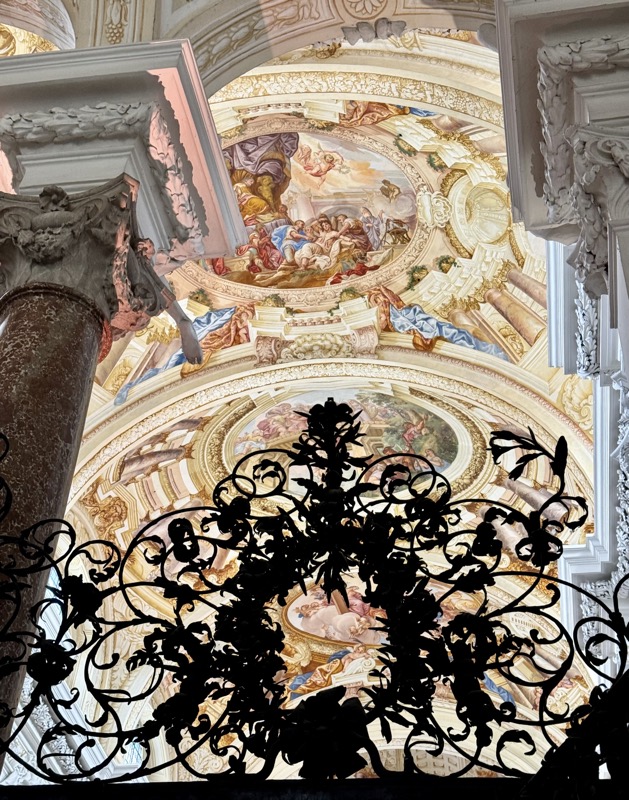
Baroque representation of the Monastery of St Florian.
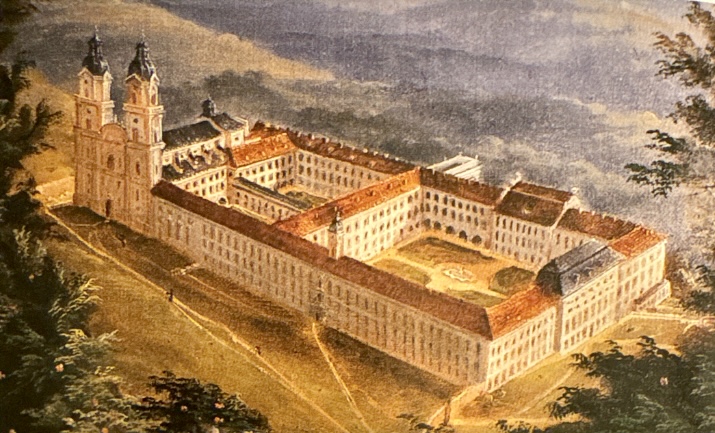
Very sadly… and I mean *very sadly*, we didn’t have time to go through the entire monastery and as such we missed the opportunity to see one of the most beautiful libraries in the entire world.
